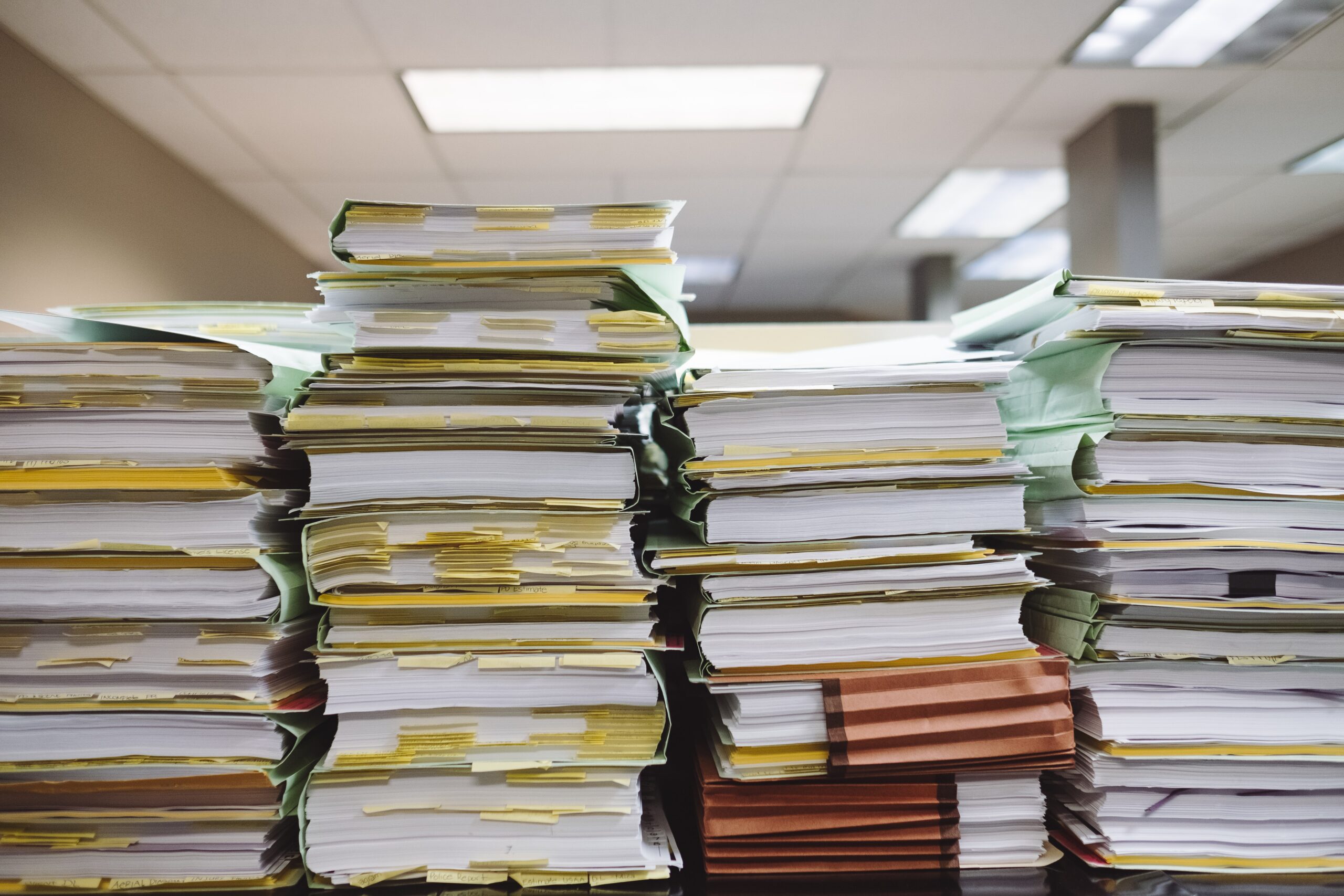“Within the oil and gas industry, 80% of the data is unstructured and that number is growing exponentially,” said Kim Gunn Maver, Executive Vice President of Business Development at Iraya Energies during the DIGEX 2021 conference on February 17th.
Unstructured data is thus becoming an ever-increasing problem for the E&P companies and solutions are in demand.
But what is unstructured data, and why does it matter?
Unstructured data is data that lacks clear, consistent information on what kind of data it is – it lacks what is known as metadata. Unstructured data can be just about anything, including well, completion and drilling reports, seismic processing and acquisition reports, other documents, images and videos with file formats ranging from the well known .pdf, .docx, .xlsx and .pptx to more than hundred other lesser used and lesser known file formats.
The fact that companies are sitting on vast amounts of this sort of data matters, as it requires a great deal of time to search and assemble it.
Only 1 % is used
According to Maver, citing other reports, geoscientists and engineers spend more than 50% of their valuable time doing this exercise. Other reports point to as high as 80% time spent. This compares unfavourably to other industries (average for all industries = 30%).
Further, unstructured data is less utilized than structured data, and Maver pointed out that less than 1 % of the collected data are used by E&P companies. Within exploration activities, barely 5% of the seismic data is put to use.
Enter machine learning
At Iraya Energies, Maver and his colleagues help their clients achieve structure by applying machine learning (ML).
In short, the process involves digitisation of unstructured data (such as physical documents), “ingestion”, through a pipeline with workflows using ML techniques to recognise and sort the data, resulting in an organised dataset from which information can be easily extracted.
The structured data may be utilized in a range of ways. During his talk at the conference, Maver showed examples on how automated geolocation of old documents can be used to visualise density of information within an area.

“For instance, if you search your documents for “dolomite”, you can see which geographical areas that contain documents with that word in it. The documents become a heat map for lithology distribution.”
In another example, Maver searched for the words “oil”, “gas” and “water” in documents from a selected area. When visualizing the search, the result became a “prospectivity map” basically showing where oil, gas and water had been encountered.
“By automated digitisation, we can fast-track your exploration. Machine learning can structure your old data five times faster than traditional workflows. 60 years of exploration in a given area can be made digitally available in as little as two weeks,” Maver claimed.
Barclays Equity Research has estimated that digitisation of the E&P industry can reduce oil and gas production costs by 10% and increase recovery by 10%.
RONNY SETSÅ





